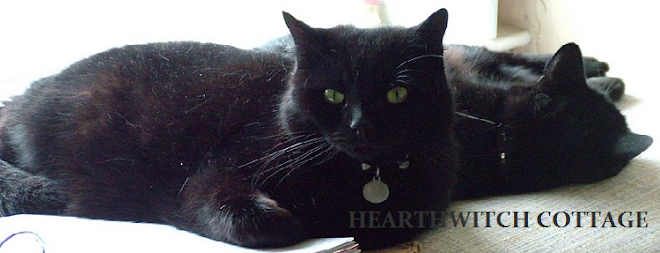Happy Springtime! Today's vernal equinox falls during the early evening (17:32 to be precise) and it marks the moment when the Earth's axis is inclined neither away nor towards the Sun.
In 'real' terms, this means we have an instant of 'equal night'; the light and the dark are today of even length. Come tomorrow, our friends in the Southern Hemisphere will start moving into the dark months, while we here in the North will stride into light.
In pagan terms, this means Eostre / Persephone / Cybele / Freya is here. The Earth has awakened; reborn with new life. In Anglo-Saxon England, the goddess Eostre / Ostara was celebrated for the month following the equinox with her feast-day falling on nearest full moon after this moment of equal light and darkness. We see many of these pagan traditions mirrored in modern-day 'Easter' celebrations, with the Christian holiday falling on the nearest weekend to said full moon.
Early Christians, arriving in western European countries believed it would be easier to convert the pagan locals to their teachings if they could amalgamate their practices with existing dates and rituals. It is for this reason that this time of year sees pagan and Christian tradition walking hand it hand, as children at Sunday school paint eggs and make fuzzy-felt cards of chicks and rabbits; families perpetuate the story of the 'Easter bunny' providing chocolate treats and inside a church, filled with spring flowers, a minister will teach about rebirth and light.
For pagans, this time of year honours the Spring goddesses and the life they have brought back to the world. Traditionally these goddesses are associated with animals such as hares, birds and lambs - the creatures who are currently enjoying seasonal frolic and birth.
Eggs are used as decorations round the house, as powerful symbols of birth and the combined fragility and strength present in new life. Spring flowers such as tulips, daffodils and irises display their prominent blooms proudly, representing the combination of male and female required to make the land fertile. I cannot think of a flower more obviously showing off its reproductive organs than a daffodil!
Candles in bright colours demonstrate the growing light and warmth of the sun and often you will find modern-day pagans using a pair of candles (one black, one white) to symbolise the equality and balance found in today's festival.
Ostara is a time for sowing seeds, to ensure there is a harvest for autumn: this may be a physical act of planting your own food crops or a psychological one focussing on the spiritual and emotional rewards you would like to reap later in the year. Try writing down your goals - make them specific - and fold the piece of paper. Sit quietly in front of a lit candle and meditate, visualising the outcome of these hopes and aspirations in the dancing flames.
Ask your chosen Spring goddess to help you tend your wishes, by providing warmth and light whilst they grow. Once you have finished, take your folded paper and the candle down to a quiet spot somewhere earthy, perhaps beneath a budding hedge or beside a tree's roots. Plant both and bless the ground, thanking the goddess for her assistance. Remember to revisit your spot throughout the coming months to nourish with positive thoughts. Brightest blessings.










1 musings:
Merry Meet,
I just wanted to say that I love your pictures and that We have strikingly similar ideas in how to celebrate and work spells/rituals for Ostara. Give my site a look see?
http://sfawc.blogspot.com/
Blessed Be,
Fae
Post a Comment
Thank you for taking the time to share your thoughts. I truly love to hear your contributions.